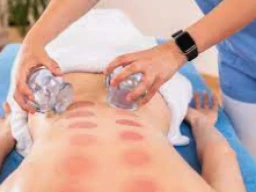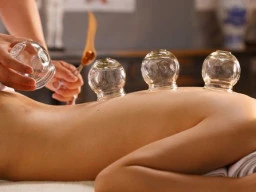
Cupping Therapy
Everyone noticed the spots on all the swimmers in the Olympics a few years ago
Read more
Cupping Therapy
Cupping Therapy. With cupping therapy becoming an increasingly popular form of massage, you may have heard about the technique through the grapevine. However, this newly popular technique has actually been practiced since ancient Chinese, Middle Eastern and Egyptian periods. Cupping Therapy is a practice that has emerged itself into our current times and proves to hold many benefits. What is Cupping Therapy? Cupping therapy is a massage technique that makes use of specially crafted cups. These cups may be made out of glass, silicone, bamboo
Read more
Five facts you need to know about Cupping Therapy
Cupping therapy is a form of alternative therapy that has its roots in ancient Eastern medicine. During a cupping therapy session, a therapist will create a suction effect on the skin using cups specially designed for cupping therapy. The therapist uses the cups to create a vacuum effect, which pulls the area of the skin that is in contact with the cup into the hollow of the cup.
Read moreSafety tips for beginners in bodybuilding
Bodybuilding is an extreme fitness discipline that pushes those who choose it to the maximum limits of what the human physique can endure. Although bodybuilding can be extremely rewarding, it is also very challenging and can even be dangerous if certain precautions are not taken. Read on to find out how to start your bodybuilding journey safely and successfully:
Read more
An introduction to biochemical therapy
Biochemical therapy is a natural therapy that aims to rebalance a patient’s cellular metabolism by ensuring the body has the perfect balance of essential mineral salts for optimum functioning. The 12 vital mineral salts biochemical therapy focuses on include Calcium Fluoride, Calcium Phosphate, Phosphate of Iron, Potassium Chloride, Potassium Phosphate, Potassium Sulphate, Magnesium Phosphate, Sodium Chloride, Sodium Phosphate, Sodium Sulphate, Silica Oxide and Calcium Sulphate.
Read more



